
What is Ecommerce?
Ecommerce, or in other words Electronic Commerce, represents the online buying and selling of physical goods, digital products, or services to consumers or businesses.
Just like in local marketplaces, you find some displayed products on an ecommerce business website, check out their images, and descriptions, and learn about other customers’ opinions. Afterward, you head directly to the cashier proceed to pay for your goods, and leave with them.
Ecommerce works almost the same. The only difference is you finalize all the steps on your computer, mobile device, or tablet. Through the click of a few buttons, from anywhere you are, you can buy anything in today’s world.
The History of Ecommerce
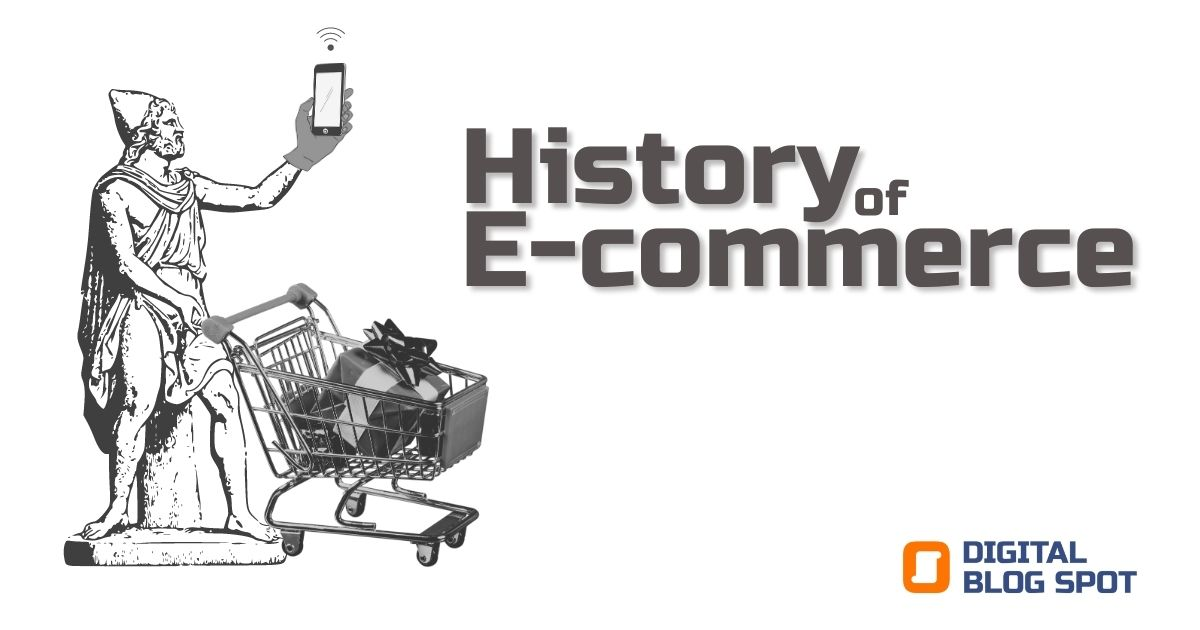
Ecommerce has become a thing since the beginning of the first wave of digital transformation. It started with online marketplaces like Amazon and Ali Baba. Afterward, it became increasingly essential to have an online presence, as people started to gain more and more trust in online shopping platforms.
In the beginning, Ecommerce wasn’t so much popular among users, and they only went online to check product specifications and check its images, and took action through physical stores or locations only.
According to statista.com, ecommerce trading grew from 1,336 billion dollars in 2014 to 6,310 billion dollars in the year 2024. And is expected to reach 8,148 billion dollars by the end of 2026
Where and how does ecommerce take place?
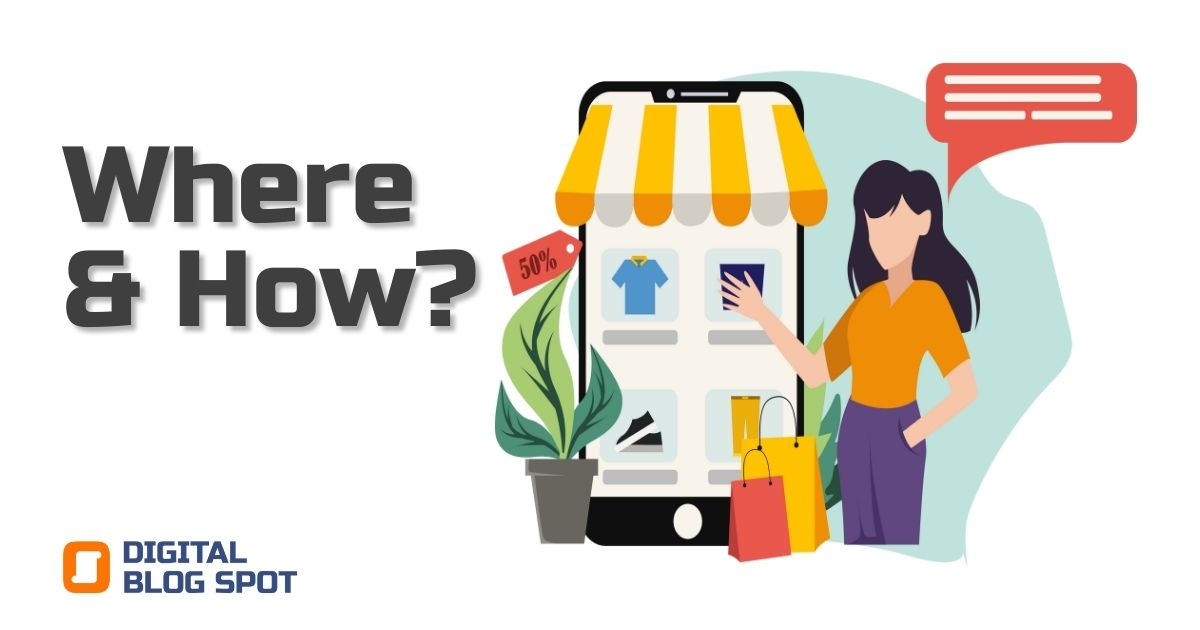
If you are looking for the where you won’t be doing a lot of research. There are a few options to list your products for online sales.
Becoming a Vendor on giant Ecommerce businesses
Among those options are you becoming a vendor on one of the major retail and dropshipping businesses like Amazon and Noon.
And the way this works, is by you creating a vendor account, listing your products with the businesses’ guidelines, and sending your products to their warehouses. Once any sale is made, your profits are consolidated and transferred to you on a periodical basis.
Creating your own Ecommerce webstie

The other option would be to create your own ecommerce website. This way, your profits would all be going back to you except for the shipping and price collection charges.
I hear you thinking, but why consider the first option when this one actually makes me more profit per product sold.
The answer is, that you have a lot of other considerations to take before judging which would be the best option for you.
The first of which, is how much traffic your website would be getting at the beginning. Large Ecommerce businesses like Amazon and Noon have tons of traffic flowing through their websites every day.
Your one-day, one-month, or one-year website however wouldn’t be getting half as much. In fact, there is very little chance you would ever reach that amount of traffic any day of your business’s lifecycle. Otherwise, you would be the second Jeff Bezos, and you wouldn’t be here reading my blog.
That is not a result of you being a failure, but in most cases, your website would be focused on one category of products or services leading to a specific niche of the target segment checking your products out.
Additionally, your website would require a lot of costs to establish and keep going. Building a brand is not an easy thing, it requires a lot of costs and planning time.
Your own ecommerce website won’t start attracting visitors the moment it goes live. It will require a lot of strategizing and constant running ad campaigns to gain momentum.
But before going deeper let’s first dive deeper into the difference between an ecommerce website and an ecommerce business.
What is the difference between an Ecommerce website and an E-commerce Business?
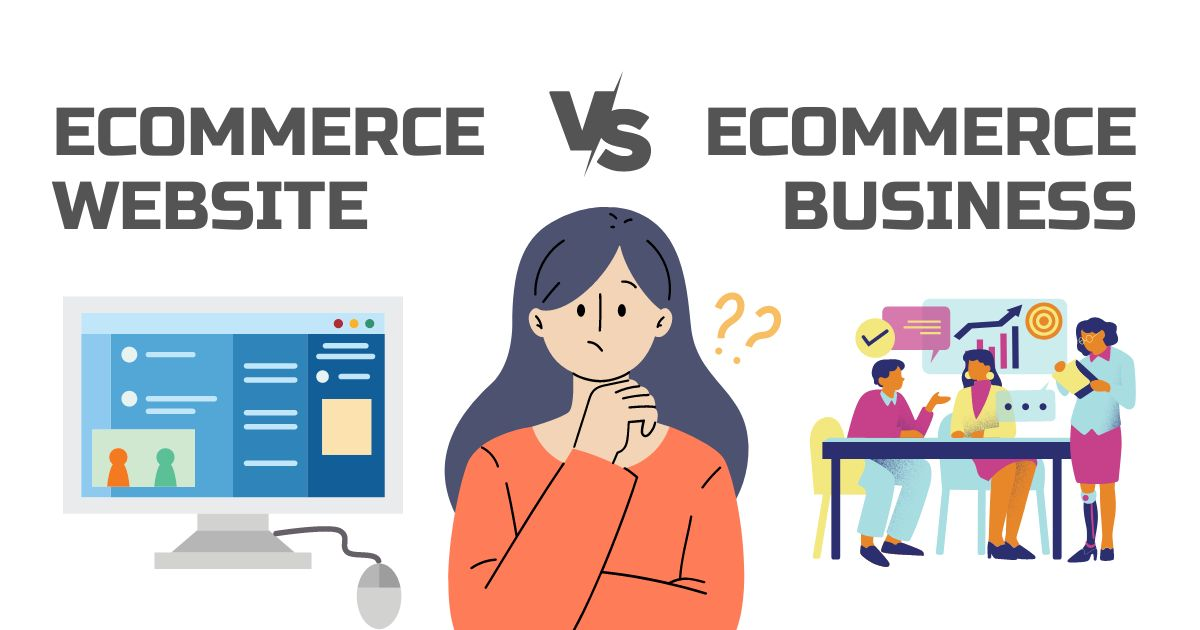
It is as simple as it sounds, having an ecommerce website doesn’t necessarily mean that your business is totally dependent on the ecommerce section to incur all of its revenues.
The latter option however signifies a business model where the core source of revenue is the ecommerce store sales.
Ecommerce website
Most brands offering products or services in any field have a diversified spectrum of revenue streams. Among those can be direct in-store sales, sponsorships, franchise rentals, and so on.
Their ecommerce websites are considered as both, a complementary practice for increasing sales with online shopping, and a method for enriching brand image.
Although not totally dependent on their ecommerce websites, they still need to give good consideration to their Conversion funnel through a well-known practice called conversion rate optimization.
A poor website experience can harm your brand perception. Your customers will generalize the poor experience they faced on your website, as a total attitude of poor customer service.
Ecommerce Business
An e-commerce business, on the other hand, is a business that is totally revolving around its ecommerce website.
Their major channel in most cases is Business to consumers. Of course, there are some ecommerce businesses with a B2B concept, but they generally revolve around SaaS (Software as a Service) business models.
However, some good examples of e-commerce businesses would be:
Amazon, the first and largest ecommerce specialized business covers a lot of the business models mentioned above. Amazon Retail is an e-commerce website for selling goods from all categories through direct retail and vendor accounts. Amazon Web Services (AWS) is considered a SaaS business model, offering their hosting services with a monthly subscription. They also have a lot of Digital Products like Amazon Music, Prime Video, etc.
Booking.com is another example of an e-commerce website that works as an intermediary between the hospitality industry, and travelers.
What is the difference between Retail & Dropshipping
When planning to start an e-commerce website, you have to make up your mind regarding which business model you are going to pursue.
Choosing to proceed with retail or drop shipping will have a great impact on your overall strategy.
So what’s the major difference between Dropshipping and Retail E-commerce businesses.
Dropshipping
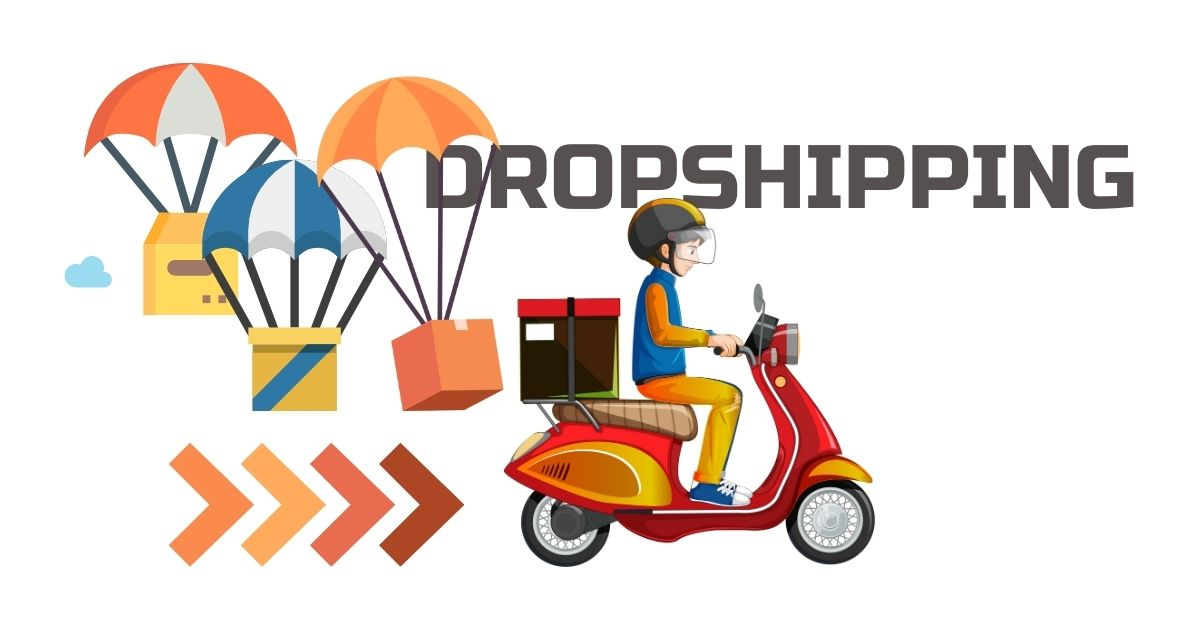
A dropshipping ecommerce website sells products to the end consumer without worrying about keeping a stock or managing inventory.
Dropshippers just aim to establish a method for selling a third party’s products by developing their own brands and marketing for them. When a user completes a purchase on their website, they then buy the product from the wholesaler and fulfill the order.
A dropshipper’s source of revenue is the extra markup they apply to the purchased item.
Brands are worth a lot of money as you may know. That’s why Apple can sell a single device for as high as a thousand dollars.
When a drop shipper builds a brand for the sold product, they are adding an extra value to the wholesaler’s product and then incur the extra profits for the work done on building the brand.
One of the favored points in any dropshipping business, is they don’t have to make a huge investment upfront. If you are not going to invest in buying quantities upfront to maintain inventory at a high level, you would be able to start a business much cheaper and save all the bucks for building a good brand worthy of trust.
The downside for drop shippers would be the higher product costs, as when you buy in bulk, prices get cheaper. They depend on selling volumes however to maximize their revenues from the small profit margins
Retail

Retailers are intermediaries between wholesalers and end consumers. Retailers depend on buying large stocks from wholesalers at a lower price and maintaining the same price point of the market when selling their products, hereby achieving higher returns per product sold.
Another point that gives an edge to retailers over dropshippers, is the time it takes to ship products to your customers. Having products stored in your own warehouses means faster delivery times and more satisfied customers.
What is a Hybrid Ecommerce business?
A hybrid ecommerce business model uses both techniques to serve their clients.
They can have products of high value and turnover rates bought and stored in their own warehouses. And fulfill other products through third-party wholesalers.
Ecommerce advantages and disadvantages
Now let’s take a look into the advantages and disadvantages of starting an e-commerce website.
I personally believe that establishing an ecommerce website for your business nowadays is not an option, even if it has some downsides.
Ecommerce Advantages
I wouldn’t be lying when I say that ecommerce advantages outweigh its disadvantages greatly.
Everything in life has a learning curve, and e-commerce is no exception. Once you master a few skills, the game will be easy.
But let’s jump to what are the pros of e-commerce
Lower operation Costs

Operating a startup ecommerce website can have a small budget for hosting, website development, product photography, and a few advertising costs.
On the other hand, having a local store will charge you for rental, store setup, staff salaries, utilities, and so on. That can be quite expensive and depending on your physical store’s location, your exposure and service areas would be determined.
Higher exposure and easy access to new markets
No matter how well-located your physical store is, you will only get a share of exposure from your surrounding area.
Understanding your business nature and consumer behavior will let you know of their travel tolerance for a specific product or service.
For example, no one would travel 10 miles for a bottle of milk and some soap. However, a lot of people can go as far as 15 miles for an electronics shop selling unique items.
Ecommerce provides a better level of exposure as you can select a target segment and reach them via all digital communication channels. All you need is a computer and a cell phone in the hands of your target audience.
Global expansion can finally be on the table.
Since your exposure and order fulfillment are not bound by your physical location, you can reach customers beyond the borders of your country.
It only takes some consideration regarding the logistics of your order fulfillment and cash collection, and then you will be good to go.
Easier methods for customers to buy from your business
Since the matter is just a few clicks from a laptop or a cellphone, users would find it easier to review and buy your products from any place and at any time.
I mean it would require you to study and perform a few tricks to attract and hook your potential customers.
Among those tricks are limited-time offers, and building bundles at a lower price advantage. Building a monthly package subscription for highly consumable Fast Moving Consumer Goods (FMCG)s.
E-commerce Disadvantages
Control over return and refund
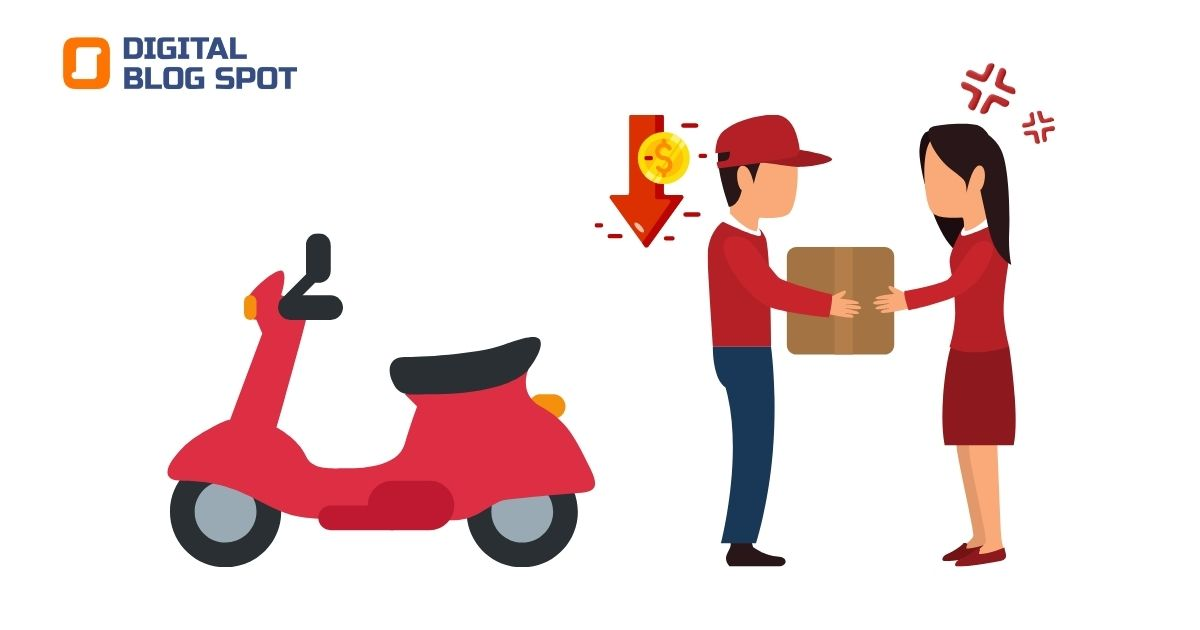
The highest advantage for physical store sales is that users get to check their product’s quality and finishing before checking out with it. This leaves less room for product return if it is defective.
AS some defects can be seen clearly at the first interaction and you will be able to identify when the customer messed up your product.
With ecommerce the situation is a little bit different. Users can receive a product in good condition and when trying to use it, something goes wrong, then they come back to return it. In most cases, you won’t be able to prove whether it was originally this way, or if the customer broke it.
If you refuse to return a product for any reason, you might get a bad review without even being at fault. And trust me you don’t want those, you will be surprised how reviews matter.
Shipping costs
Shipping costs for some locations are pretty high. Some low-priced goods would be highly affected by the shipping costs.
Most often, customers won’t prefer shipping costs if they amount to 40% of the cart’s value.
To handle the situation, some e-commerce specialists prefer to charge the user for a part of the shipping fee and handle the rest on their own.
Stock Management
Running an ecommerce business poses unique inventory and stock management hurdles.
Without a physical storefront, online sellers lack visual oversight of product levels and in-person customer interactions that help predict demand. Instead, ecommerce merchants rely heavily on inventory management software to track stock levels across all sales channels.
However inaccurate data entry can lead to critical mistakes like overselling products or inefficient restocking.
Effective ecommerce inventory control requires careful coordination between sales history, supply chain, and fulfillment teams.
Merchants must diligently monitor stock levels daily to prevent losing sales from depleted inventory. Building in buffer stock and utilizing warning thresholds for low quantities can help avoid stock-outs.
How to start your E-commerce business in 2024
If you are planning to start an e-commerce business today, then you are in luck.
Everything now is easier and has a fast solution. In the past, you had to hire a web developer and start from scratch with your ecommerce portal.
Today several solutions have made things super quick and simple.
I have personally brought up several e-commerce websites, with very little knowledge of programming languages.
Depending on your business scale you would have to figure out which direction you are going to follow through.
Some large-scale businesses prefer to have custom-developed websites with their own brand identity, their own security measures, and custom content management dashboards.
However, for small and medium-sized businesses, I would recommend starting off with an easy website development solution.
Best E-commerce website-building solutions
Shopify
Shopify offers an all-in-one ecommerce platform optimized specifically for selling products and services online.
One of the main benefits of Shopify is how easy it is to set up and manage a storefront, even for those with limited technical skills. All you need to do is purchase a Shopify certified theme and follow the instructions to set it up.
Shopify handles all of the hosting and provides built-in security, speed optimizations, and scalability. Store owners can integrate many third-party apps to customize the functionality of their Shopify storefront. It is designed to handle large product catalogs and order volumes at enterprise scales.
The only downside for Shopify is related to RTL languages and can be worked around by choosing a theme that supports RTL-type languages.
WordPress
WordPress paired with the WooCommerce plugin is an open-source software solution for ecommerce sites that avoids any recurring fees but does require you to handle your own hosting.
The main advantage of WordPress is how extremely customizable it is for building an online storefront. WordPress gives you full control over designing and developing every aspect of your site end-to-end utilizing WordPress themes and the multitude of plugins available.
However, it does require more technical expertise to properly set up,secure and optimize a WordPress ecommerce store than a shopify one.
WordPress can scale to handle large product catalogs but would need additional work to match the speeds and security that Shopify offers out of the box.
In general, the open source and fully customizable nature of WordPress makes it better suited for larger businesses that are willing to invest more in development and maintenance costs.
Summing it all up: Should I start an e-commerce store?
The ecommerce landscape continues to rapidly evolve, providing more opportunities than ever for entrepreneurs to build successful online businesses. While ecommerce has its challenges, the advantages of lower overhead, unlimited reach, and convenience for customers make it an extremely compelling model, especially for digital-native startups.
With intuitive site builders like Shopify and the customization of open-source platforms like WordPress, it’s easier than ever to launch an ecommerce storefront optimized for your business needs. Key decisions like choosing a retail vs dropshipping model, weighing shipping logistics, and implementing solid inventory management practices will shape the path to ecommerce success.
No matter which approach you take, the keys to ecommerce in 2024 are building brand trust, crafting a quality user experience, and leveraging data to constantly improve. Don’t let the ease of an online store trick you into complacency. Competing in the digital marketplace takes work. But for those willing to hustle and adapt, the rewards of self-driven ecommerce are well within reach.
The internet provides unlimited aisles to display your wares. Now it’s up to you to decide what you’ll put on the shelves, and deliver the kind of shopping experience that turns one-time visitors into lifelong customers.


